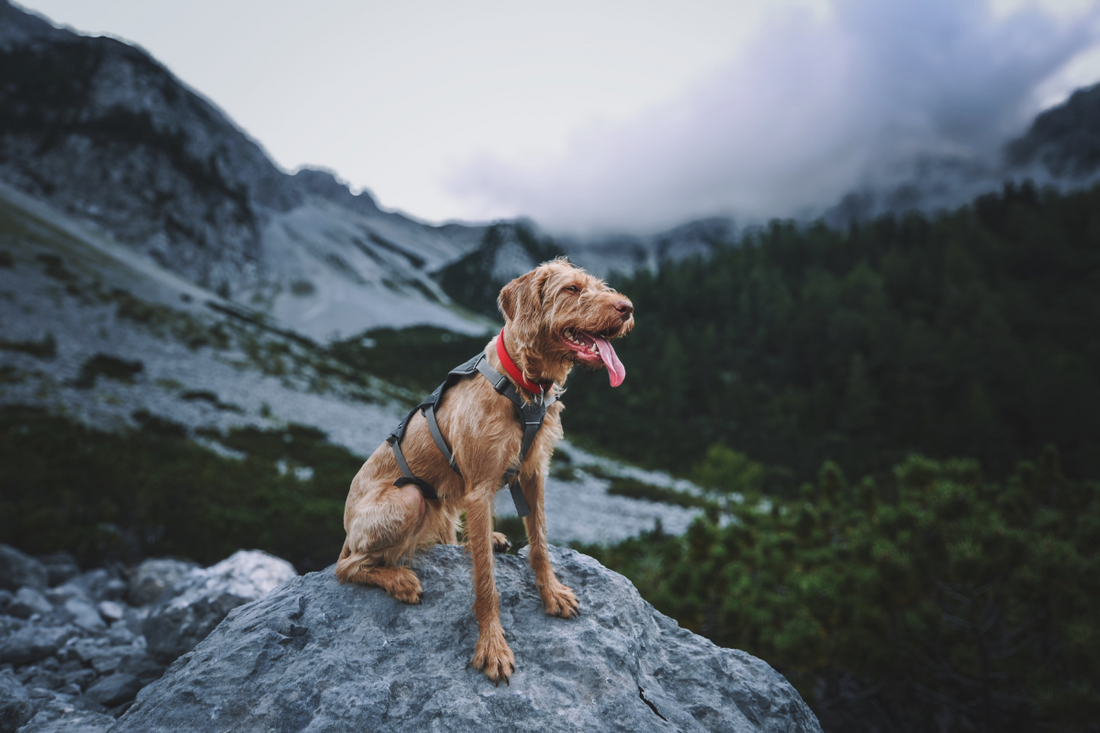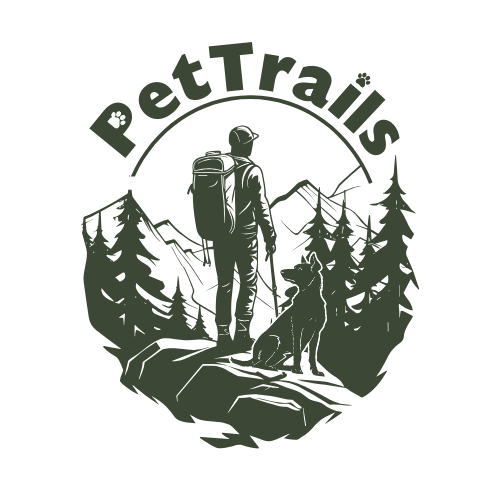
Hiking for Senior Dogs: Keeping Older Companions Active
Share
As dogs grow older, their adventurous spirits often remain intact, but their physical needs change. Hiking with senior dogs is a great way to maintain their health and happiness while enjoying the outdoors together. With a few thoughtful adjustments, you can ensure your aging companion stays active and comfortable on the trail.
Can Your Senior Dog Handle a Hike?
Not all dogs age the same way. Some remain spry well into their golden years, while others may require more rest and gentle care. Here are some key indicators to determine whether your older dog is ready to hit the trail:
Signs They’re Trail-Ready:
- Your dog still enjoys regular walks and displays enthusiasm for physical activity.
- They can handle gradual inclines without showing signs of strain.
- Their recent health check-ups show no concerning issues with joints, heart health, or mobility.
Signs to Pause or Modify:
- Your dog struggles to stand up after resting or shows stiffness that doesn’t ease with movement.
- They seem less eager to walk or tire quickly on short outings.
- They’ve been diagnosed with conditions like arthritis or hip dysplasia that require extra precautions.
When in doubt, consult your veterinarian before planning a hike. A professional can offer insights tailored to your dog’s specific needs and limitations.
Choosing Senior-Friendly Trails
Senior dogs may not tackle rugged mountain paths anymore, but plenty of trails are perfect for their pace and comfort.
- Look for Gentler Terrain: Trails with soft ground, minimal incline, and even surfaces are ideal. Gravel, sand, or mulch trails can be easier on aging joints than rocky paths.
- Shorten the Distance: Aim for shorter loops or out-and-back routes that allow flexibility to turn around if your dog seems tired.
- Check for Accessibility: Trails with shaded areas and nearby water sources can help keep your senior dog cool and hydrated. Some parks also have benches or rest stops for breaks.
Pro Tip: Keep trail outings closer to home. A nearby trail reduces the stress of long car rides, which can be uncomfortable for older pets.

Packing for Rest and Comfort
When hiking with a senior dog, preparing for rest breaks is essential.
- Bring a Dog Carrier: For smaller dogs or those prone to tiring quickly, a well-padded dog backpack or sling carrier can be a game-changer. Larger breeds may benefit from collapsible pet strollers designed for uneven terrain.
- Portable Mats or Beds: A lightweight, orthopedic mat can provide your dog with a comfortable spot to rest during breaks. Look for mats with memory foam padding and moisture-resistant covers for durability.
- Hydration and Snacks: Older dogs can dehydrate faster, so bring extra water and a collapsible bowl. Easy-to-chew, high-energy treats can help keep them fueled.
Joint-Friendly Gear for Happy Trails
Investing in the right gear can make all the difference in your senior dog’s hiking experience.
- Paw-Friendly Boots: Aging paws are more sensitive to rough or hot surfaces. Look for boots with extra cushioning and a non-slip sole to protect your dog’s feet.
- Supportive Harnesses: A harness with a handle can help you provide gentle assistance if your dog needs help over obstacles or inclines.
- Cooling or Insulating Jackets: Weather conditions can impact older dogs more acutely. Lightweight cooling vests for summer and insulated jackets for cooler months keep them comfortable.
- Orthopedic Dog Beds: For post-hike recovery, consider an orthopedic dog bed at home to ease joint pressure and promote restful sleep.
Tips for a Successful Hike with Your Senior Dog
- Take It Slow: Allow for a more relaxed pace and frequent rest breaks. Pay attention to their breathing and posture for signs of fatigue.
- Stick to Cooler Times: Older dogs can overheat more easily. Opt for early morning or evening hikes to avoid the midday sun.
- Carry a Pet First Aid Kit: Include essentials like paw balm for cracked pads, bandages, and a tick remover, just in case.

The Joy of Hiking with a Senior Dog
Exploring the outdoors with an older dog is not about reaching the summit but rather going through the journey together. With thoughtful preparation and a slower pace, you can continue to create beautiful memories with your lifelong companion.
What’s your favorite hiking memory with your senior dog? Share your stories and tips in the comments below!
